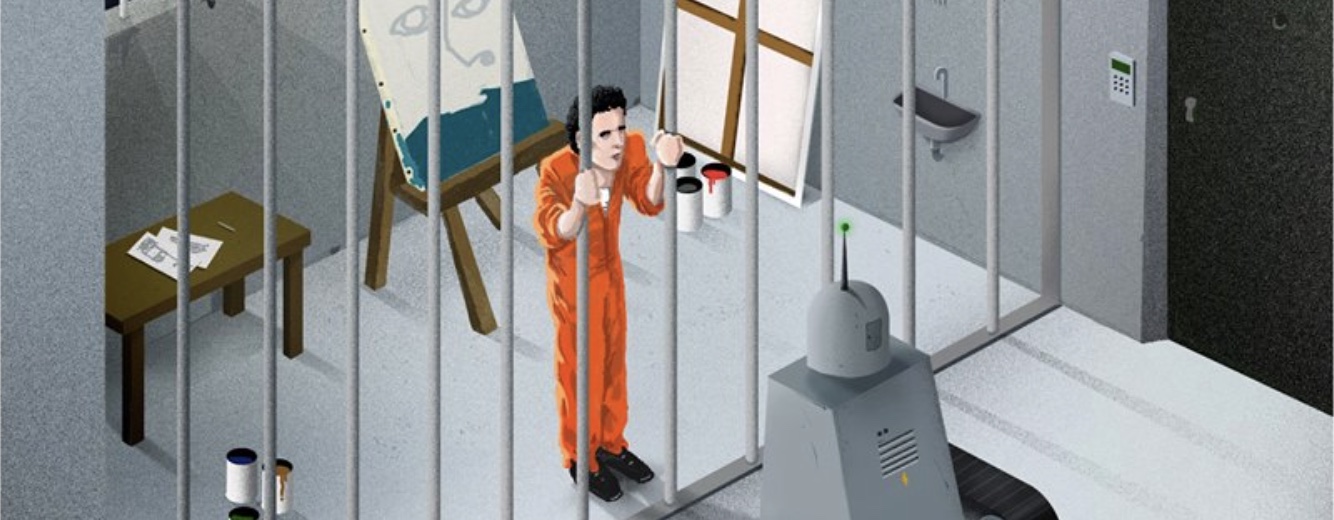One of the biggest shortcomings of the discussion on copyright is that most of it seems stuck in a fairly outdated creators vs users dichotomy. Copyright laws around the world are generally structured in such a way that they grant exclusive rights to creators and try to balance these with a limited set of rights for users (in the form of exceptions or limitations to copyright). Based on this design it is widely assumed that more (or stronger) exclusive rights benefit creators and that more (or broader) exceptions to copyright benefit users.
This conception is problematic on a number of levels. For one it is clear that creators benefit from user rights that ensure that users have a basic level of access to culture through educational systems and via public institutions such as museums and libraries. On the other hand users benefit from the exclusive rights granted to creators as they incentivise the very production of culture and knowledge that they want to access.
A more fundamental challenge to this general understanding of copyright is posed by the fact that the roles of users and creators are not mutually exclusive, but overlapping. Many creators are also users of copyrighted materials and the other way around. The technological development of the past two decades has contributed to this blurring of the boundaries between creators and users. Digital technologies greatly facilitate both the creative re-use of existing works and the distribution of the resulting new works. This development has resulted in the emergence of the (somewhat nonsensical) category of “user generated content” and concepts like the “prosumer“.
These concepts deal with users becoming creators, and there are relatively straightforward answers to the challenges posed, such as the need to introduce an exception for user generated content in the EU copyright framework that we have been advocating for. But there is another more interesting side of the coin: creators becoming users. While it is true that creators have always appropriated the works of those authors who came before them, these dynamics have been turbocharged by the digital revolution. Creators have entire libraries of content at their fingertips, and the tools to manipulate, incorporate and build on existing works are becoming increasingly sophisticated. These are exciting times to be a creator, but this new reality also brings creators into contact with the limitations to their creative freedom imposed by copyright law.
The Queensland University of Technology (QUT) has just published a new study that examines “the reuse practices of Australian creators” that concludes that copyright law can just as easily act as a deterrent to creation than as an incentive for it. A summary of the study published on the conversation notes:
Interviews with 29 Australian creators, including documentary filmmakers, writers, musicians and visual artists, sought to understand how they reuse existing content to create. It considered issues such as whether permission (“licences”) had been sought to reuse copyrighted content; the amount of time and cost involved in obtaining such permissions; and a creator’s recourse if permission was either denied or too expensive to obtain.
For the majority interviewed, seeking permission to reuse copyrighted content – for example, as snippets of music or video in films, or long quotes in written works – was a source of great frustration and confusion. The process was variously described as “incredibly stressful”, “terrifying” and “a total legal nightmare”.
Problems mostly centred on time delays and financial expenses. Creators found that the paperwork required to request permission was often long, complex and not standard across publishers and other rights-holder bodies. Many waited months for a response to a request; some never received one at all. Many reported feeling ignored and disrespected. […]
Avoiding and abandoning projects were common reactions to the restraints imposed by copyright law, although a very small number of creators proceeded anyway, hoping to “fly under the radar”. […]
Ideas were filtered out early at the brainstorming stage because they were “too risky” or licensing would be “too expensive”. Some people avoided entire areas of creativity, such as appropriation art, music sampling or documentaries about music or musicians, because it was all just “too hard”.
This makes it pretty clear that ratcheting up copyright protection in response to the changes brought by the digital revolution is not in the interest of creators (it may very well be in the interest of big rightsholders such as publishers, record companies and film studios). Unfortunately this is exactly what is on the table in Europe right now:
Instead of examining how we can empower creators without further restricting users, the current copyright reform proposal seems primarily concerned of preserving the business models of big rightsholders. Given this it should not be a big surprise that more and more creators are starting to voice their opposition to the plans presented by the European Commission.
Copyright plays an important role in enabling creation and ensuring the livelihood or all types of creators, but as the QUT research shows once again, this does not mean that creators automatically benefit from ever stricter copyright rules. 20 years after the start of the digital revolution, it is time to have a serious conversation about this.

